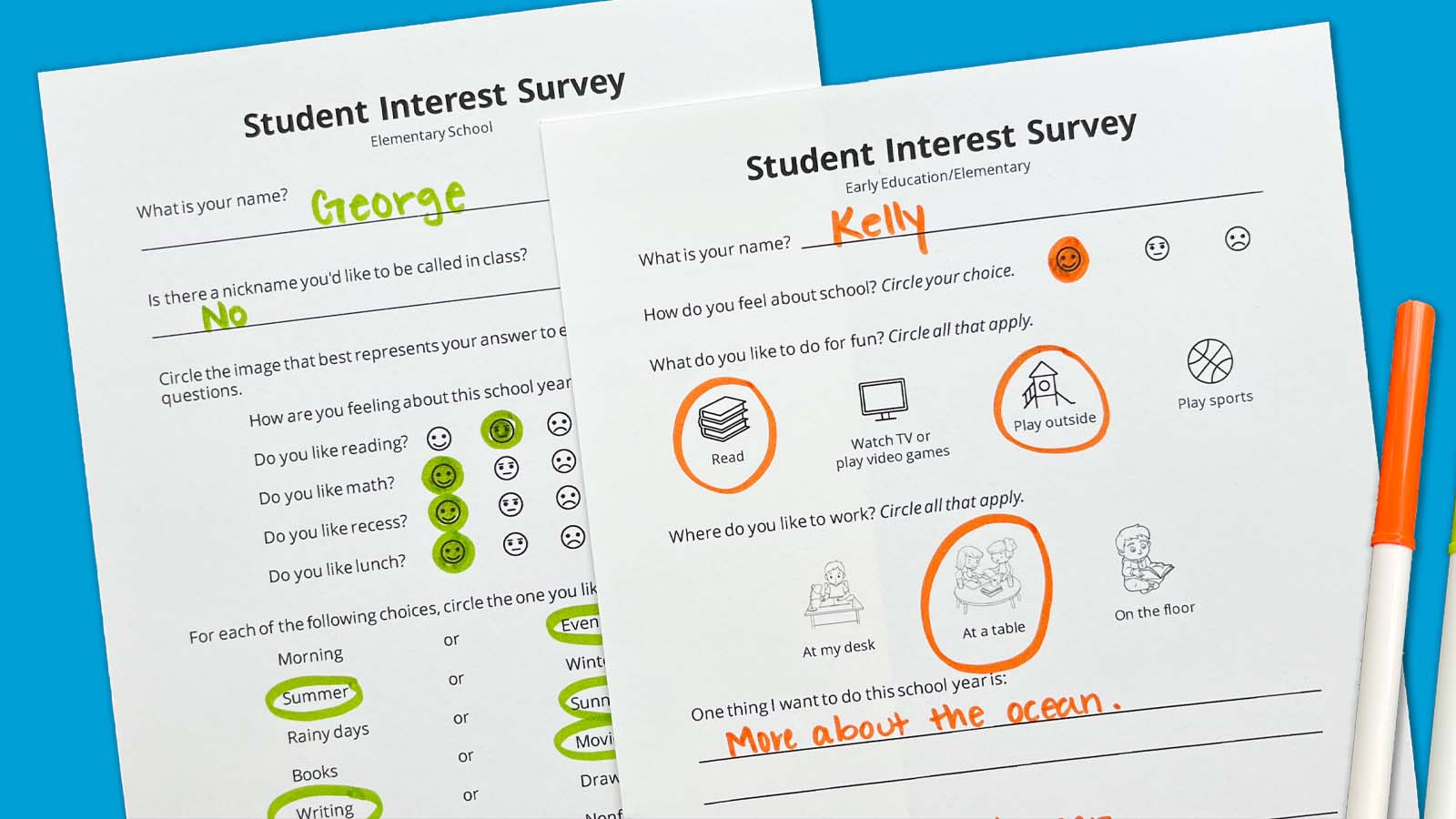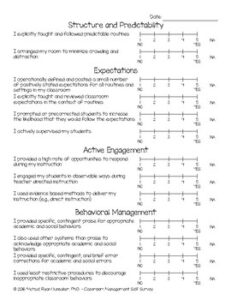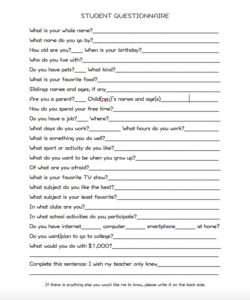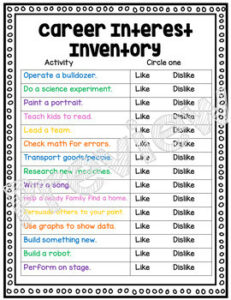Ever feel like there’s a secret language students speak that you haven’t quite mastered? Understanding what truly motivates and engages young minds can sometimes feel like trying to catch mist. Yet, unlocking those insights is incredibly powerful, transforming a quiet classroom into a buzzing hub of activity. It’s about more than just academic performance; it’s about making a genuine connection, fostering a sense of belonging, and tailoring the learning experience to resonate with each individual.

That’s where a well-crafted student interest survey comes into play. It’s your direct line to discovering the hidden passions, unique hobbies, and personal aspirations that make your students tick. By proactively seeking out this information, you can pinpoint shared interests, identify areas for collaborative projects, and ultimately, build significant common ground that strengthens both student-teacher relationships and peer connections within the classroom.
Why Uncover Student Interests for Common Ground?
Think about it: when you know what sparks joy or curiosity in your students, your lessons can become infinitely more engaging. Instead of a one-size-fits-all approach, you can weave in examples, activities, and discussions that directly relate to their lives and passions. This personalized touch not only boosts participation but also deepens understanding and makes learning a much more meaningful experience. It shows students that you see them as individuals, not just as a part of a collective.
The beauty of uncovering student interests lies in its ability to forge genuine common ground. Perhaps several students share a love for coding, or maybe a significant portion are passionate about environmental issues. These shared threads can be the foundation for exciting new projects, interdisciplinary units, or even just lively classroom conversations. It helps create a cohesive classroom community where students feel heard, understood, and connected to their peers and educators.
But how do you gather this valuable intelligence efficiently and effectively? You don’t have time for one-on-one deep dives with every single student. That’s precisely why a structured survey is your best friend. It provides a systematic way to collect a broad range of information, allowing you to quickly identify patterns, outliers, and opportunities to build those all-important bridges of commonality.
By using a thoughtful approach, you can design questions that go beyond the superficial, digging into what truly drives your students. This isn’t just about fun facts; it’s about understanding their learning preferences, their social dynamics, and their dreams for the future. The data gathered becomes an invaluable resource for creating a more responsive and student-centered learning environment.
Key Areas to Explore in Your Survey
- Academic Preferences: What subjects do they enjoy most? How do they prefer to learn (visual, auditory, hands-on)? Do they like group work or individual tasks?
- Hobbies and Extracurriculars: What do they do outside of school? Sports, arts, gaming, reading, volunteering, technology?
- Future Aspirations: What careers or further education are they considering? What are their long-term goals?
- Social-Emotional Well-being: How do they feel about coming to school? What makes them feel comfortable or uncomfortable in class?
- Communication Preferences: How do they prefer to receive feedback or share their thoughts?
Crafting Your Effective Common Ground Student Interest Survey Template
When you sit down to put together your common ground student interest survey template, remember that simplicity and clarity are key. You want to make it easy for students to understand and complete, regardless of their age or reading level. Avoid jargon or overly complex sentence structures. Think about the specific insights you hope to gain and formulate questions that directly address those areas. A mix of multiple-choice, rating scales, and open-ended questions can provide a rich tapestry of responses.
Creating a safe and open environment for students to share their interests is crucial. Ensure them that there are no right or wrong answers and that their honesty is valued. Consider making the survey anonymous, especially for sensitive topics, to encourage more candid responses. Whether you use a digital platform like Google Forms or traditional paper questionnaires, clearly explain the purpose of the survey and how the information will be used to benefit their learning experience. This transparency builds trust and encourages genuine participation.
Once you’ve collected the responses, the real work and fun begin. Don’t let this valuable data simply sit in a folder! Analyze the trends, identify common themes, and look for surprising insights. Use this information to inform your lesson planning, tailor your examples, create student groups, or even just spark informal conversations during downtime. Knowing that a significant portion of your class loves fantasy novels could inspire a cross-curricular project or a new addition to your classroom library.
Remember, student interests are dynamic and can evolve over time. What captivated a student at the beginning of the year might shift by the end. Consider revisiting aspects of your survey, perhaps with a shorter follow-up, to keep your understanding current. This ongoing engagement with student interests ensures that your teaching remains relevant and your classroom environment continues to foster a deep sense of connection and shared purpose among all learners.
By making the effort to truly understand what drives your students, you’re not just improving your lessons; you’re building a more supportive and engaging educational community. It’s about empowering students by acknowledging their individuality and leveraging their unique perspectives to enrich the collective learning experience. When students feel seen and heard, they are far more likely to invest themselves fully in their education.
This proactive approach of gathering and utilizing student interest data transforms your classroom into a place where everyone feels valued and connected. It creates a vibrant atmosphere where learning is not just about absorbing information, but about discovering shared passions, fostering collaboration, and building meaningful relationships that extend far beyond the curriculum itself.



